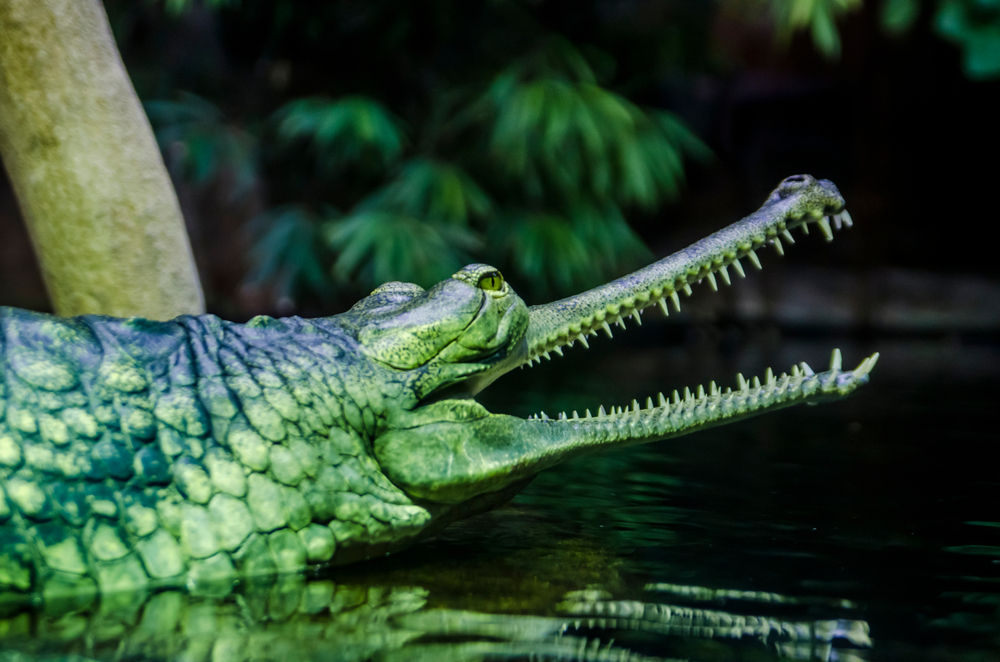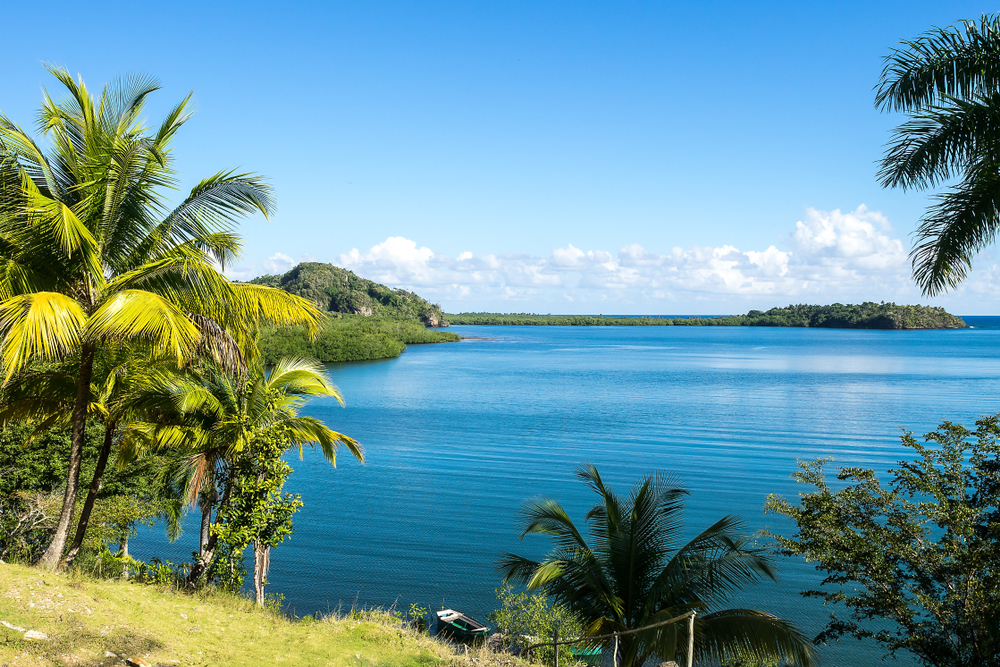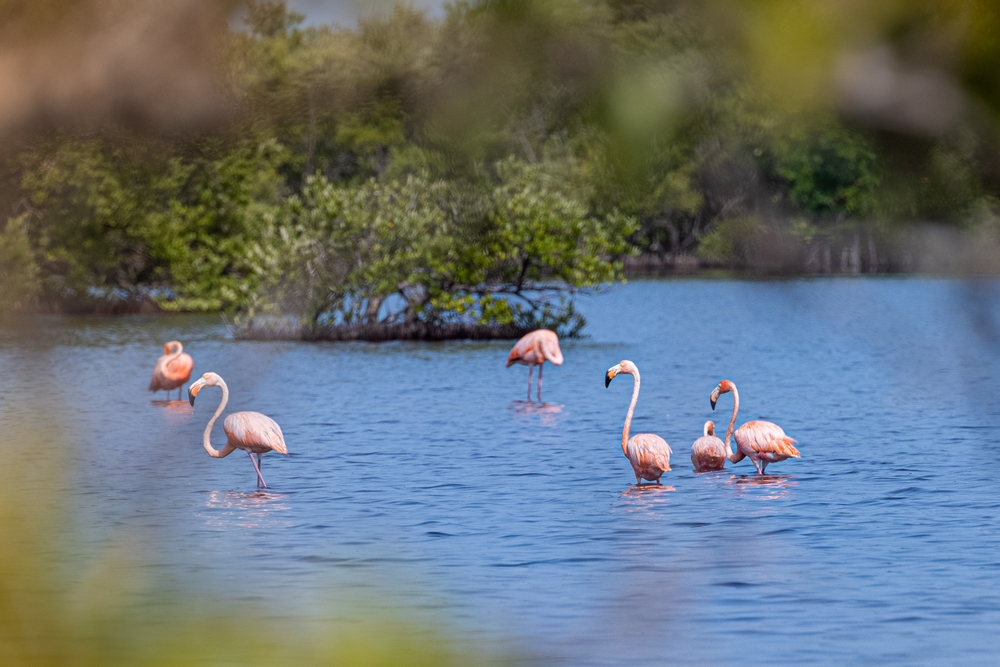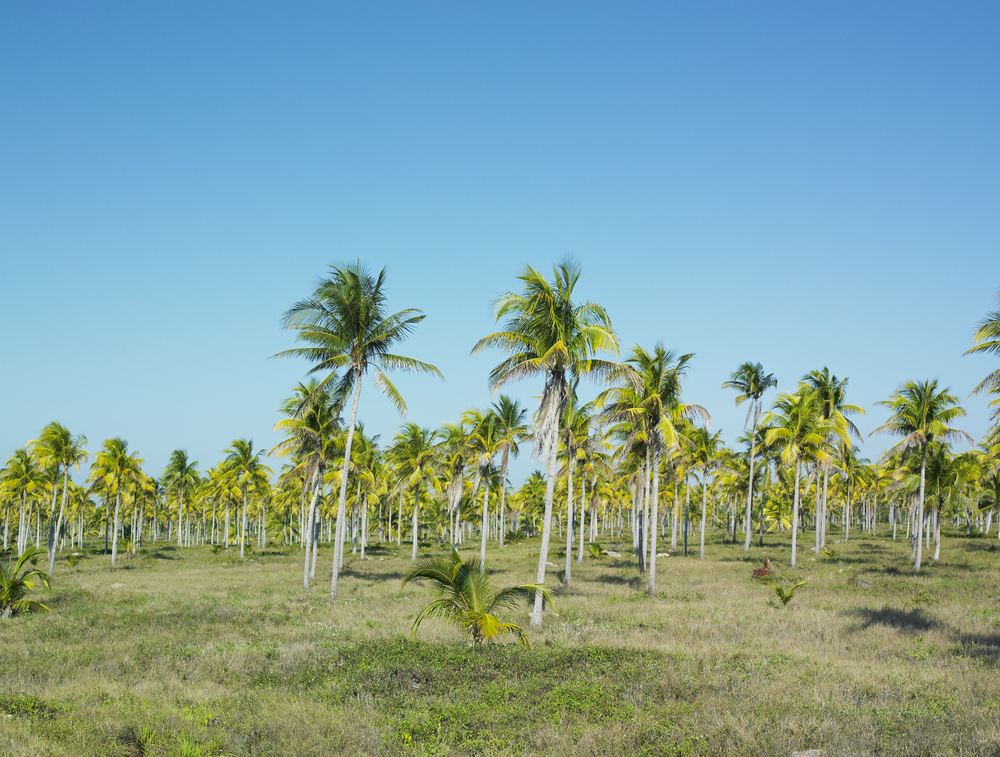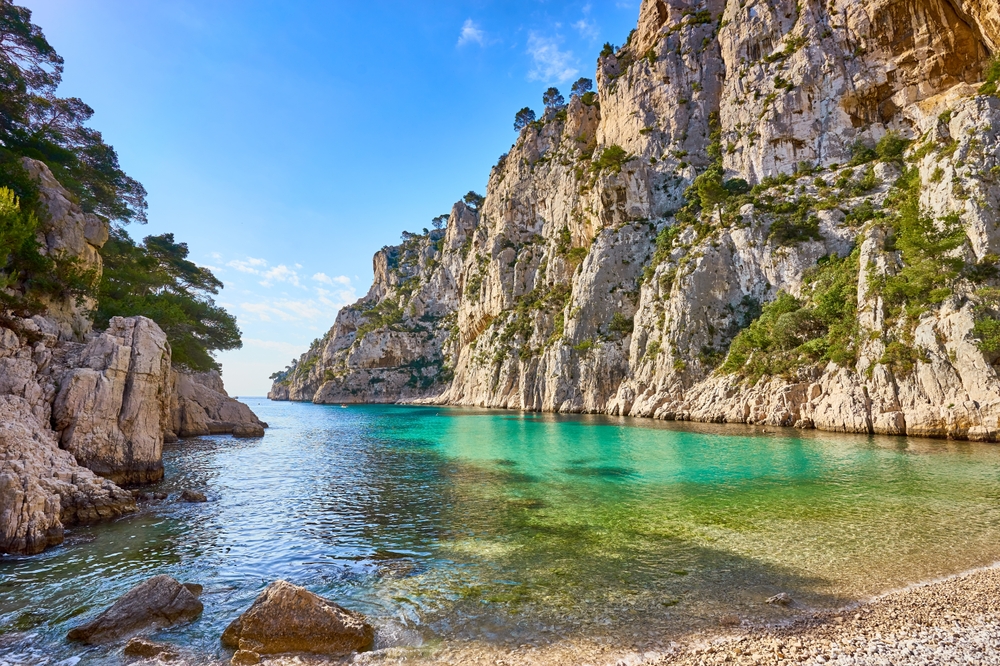Jardines de la Reina Overview
Jardines de la Reina National Park, or “Gardens of the Queen” in English, is a vast marine reserve off the southern coast of Cuba, spanning approximately 840 square miles (2,172 square kilometers).
Located in the Caribbean Sea, this park is an archipelago of islands, cays, and mangrove forests, lying between 50 to 80 miles from the Cuban mainland. Named by Christopher Columbus in honor of Queen Isabella of Spain, the park is one of the largest and most pristine marine reserves in the Caribbean. It offers a glimpse into an underwater world that has remained largely untouched by human activity, making it a unique destination for marine conservation and ecotourism.
The terrain of Jardines de la Reina is predominantly aquatic, featuring an extensive coral reef system, seagrass beds, and mangrove forests that provide critical habitat for a wide variety of marine life.
The park’s waters are home to one of the healthiest coral reef ecosystems in the Caribbean, with vibrant coral formations such as brain coral, staghorn coral, and elkhorn coral. The clear, warm waters make it an ideal environment for diverse fish populations and larger marine species.
The mangrove forests that line many of the islands serve as a nursery for juvenile fish, providing shelter and food sources. These trees also protect the delicate marine ecosystem by stabilizing the coastline and reducing the effects of waves and storms.
Wildlife in the park is abundant and includes some of the most iconic marine species in the region. It is particularly known for its thriving shark populations, including Caribbean reef sharks, silky sharks, and nurse sharks. The park is also home to Goliath groupers, tarpon, barracudas, and an impressive variety of reef fish such as angelfish, parrotfish, and snapper.
The seagrass beds attract endangered green and hawksbill sea turtles, which use the protected areas for feeding and nesting. Among the avian species found in the park, frigatebirds, pelicans, and herons are commonly seen around the mangroves and sandy shores. The presence of American crocodiles is another remarkable feature of the park, with these reptiles often seen resting among the mangroves or swimming through the shallow waters.
One of the most popular features of Jardines de la Reina is its world-class diving and snorkeling opportunities. The park is often considered one of the best diving locations in the Caribbean, with visibility exceeding 100 feet in some areas. Visitors can explore a variety of dive sites, including deep drop-offs, shipwrecks, and coral gardens teeming with marine life.
Some of the most sought-after experiences include shark diving, where divers can observe multiple species up close in their natural habitat. The calm, shallow waters of the reef system also make it a great location for snorkeling, offering a chance to see colorful fish and coral formations without needing extensive diving experience.
Given its status as a protected marine reserve, access to Jardines de la Reina is carefully controlled to limit environmental impact. The Cuban government, in partnership with conservation organizations, has implemented strict regulations on fishing and tourism activities to maintain the pristine condition of the ecosystem.
Only a limited number of visitors are allowed in the park each year, and sustainable tourism practices are emphasized to ensure that marine life remains undisturbed. Conservation efforts have been largely successful, with fish populations thriving and coral reefs remaining healthier compared to other parts of the Caribbean. However, climate change, ocean acidification, and illegal fishing remain ongoing challenges for park management.
Jardines de la Reina National Park is an extraordinary destination for those seeking to explore one of the last untouched marine ecosystems in the Caribbean. With its unparalleled biodiversity, crystal-clear waters, and commitment to conservation, it offers an immersive experience for divers, snorkelers, and nature enthusiasts alike.








































































